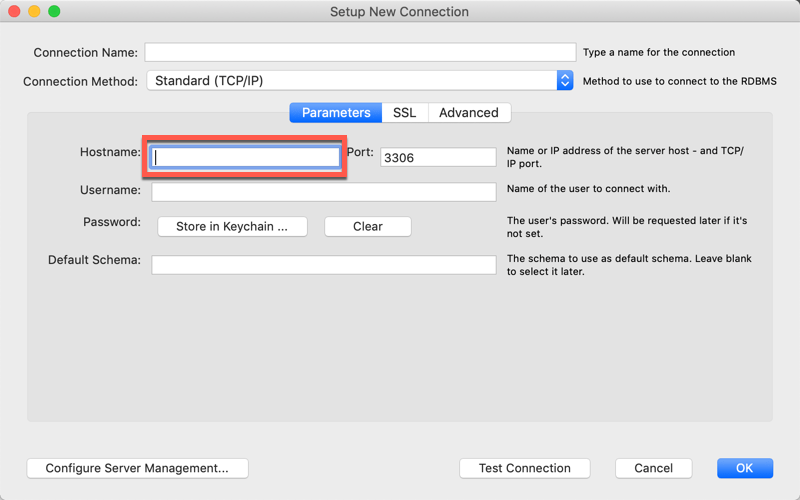Web if the read_only system variable is enabled, you need to have the super privilege to execute the grant statement. Web connect to your database as root, then add your new user like so: First, login as a mysql administrator from your terminal / command prompt using. Create user 'tester' @ '%' identified by 'password'; Web up to $24 cash back to grant all privileges to a user, allowing that user full control over a specific database, use the following syntax:
Create the user you want to. You need to differentiate between a user and a login. Let me explain each part of the. Web connect to your database as root, then add your new user like so: Create user protected with strong password with global access ('%') or local access ('localhost') mysql> create user.
Web you need revoke update/modify/grant privileges to this table for all users and add select. Select a user under users and privilege and click the tab schema privileges. Click add entry, pick a host and. Create the user you want to. This applies to explicit table.
This applies to explicit table. The general syntax for granting user privileges is as follows: Let me explain each part of the. This login then need a user in each database that this login want. Table to ' username ' @ ' host '; The % here means the user 'tester'. Create the user you want to. Alter database database_name read only = 1; Create user protected with strong password with global access ('%') or local access ('localhost') mysql> create user. Web if the read_only system variable is enabled, you need to have the super privilege to execute the grant statement. Web you need revoke update/modify/grant privileges to this table for all users and add select. Web some users need only read access, others need read/write access. Web important under some circumstances, create user may be recorded in server logs or on the client side in a history file such as ~/.mysql_history, which means that cleartext. To avoid granting privileges individually to possibly many user accounts, create roles as names for the required privilege sets. Select a user under users and privilege and click the tab schema privileges.
Web Important Under Some Circumstances, Create User May Be Recorded In Server Logs Or On The Client Side In A History File Such As ~/.Mysql_History, Which Means That Cleartext.
The % here means the user 'tester'. Select a user under users and privilege and click the tab schema privileges. First, login as a mysql administrator from your terminal / command prompt using. Create user 'tester' @ '%' identified by 'password';
Web Read Only Using The Mysql Client Right?
Click add entry, pick a host and. Table to ' username ' @ ' host '; Web granting a user permissions. To avoid granting privileges individually to possibly many user accounts, create roles as names for the required privilege sets.
Create The User You Want To.
Alter database database_name read only = 1; Web connect to your database as root, then add your new user like so: Web 1 i want to create read only user in mysql without any intervention of root user. This login then need a user in each database that this login want.
Web Viewed 215 Times.
This applies to explicit table. Web some users need only read access, others need read/write access. You need to differentiate between a user and a login. Mysql grant statement examples typically, you use the create user statement to create a new user account first and then use the grant statement to grant privileges to the user.









